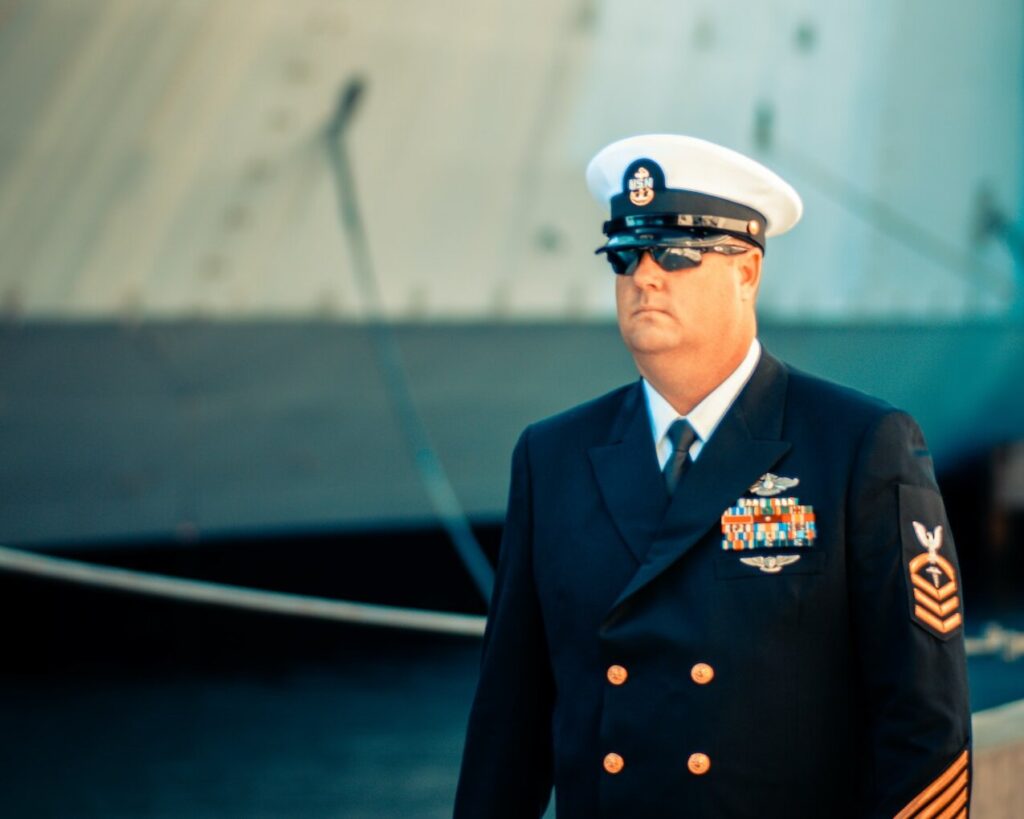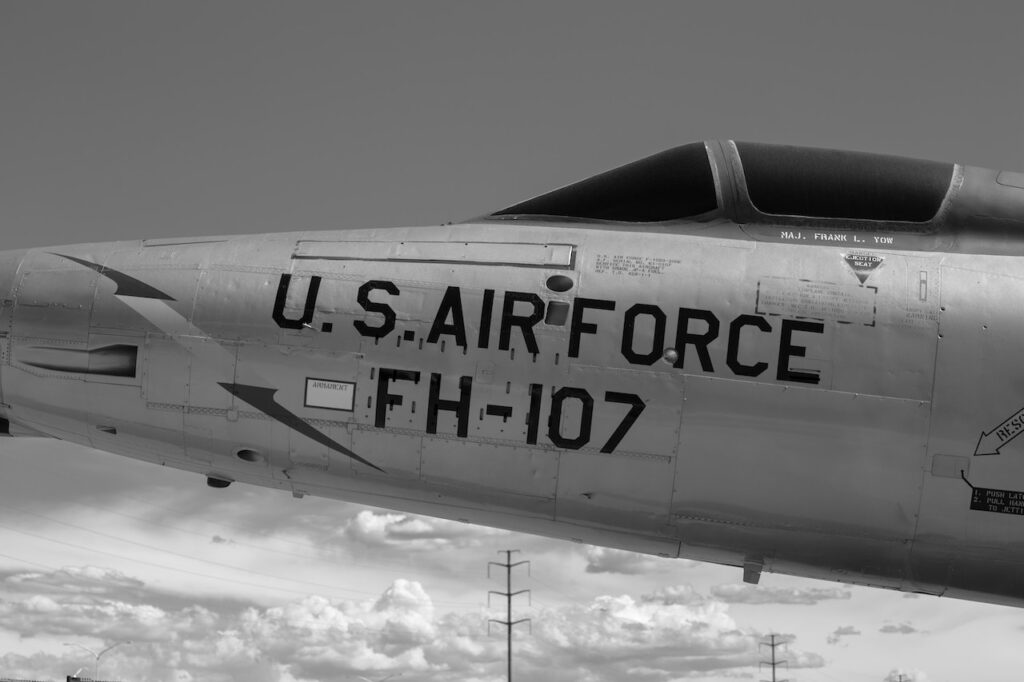Military Status Types
If you are a business owner who serves active duty service members, it is essential to have an understanding of their active duty status. Not only is having knowledge of active duty servicemembers required by law, but you could also face fines and penalties from the Department of Defense or the court if this obligation is not met. Luckily, active service members are given certain protections and benefits through the United States federal law called the Servicemembers Civil Relief Act (SCRA). As such, it becomes your responsibility to recognize active members and extend them these protections accordingly.
In this article, we will discuss the different categories of military status and how they are identified. We’ll also provide tips on how to recognize and support active-duty service members.

Contents
Who is responsible for the six military branches?
The President of the United States, as commander-in-chief, is responsible for the military branches. Under the secretary of the Department of Defense, military personnel serve a military service commitment and are active in six military branches:
- Army
- Marine Corps
- Navy
- Air Force
- Space Force
- Coast Guard
The Army National Guard units in each state are also maintained by state governments whose commanders serve with military personnel. All military personnel is dedicated to serving their respective missions with honor and integrity throughout times of strength and adversity.
ENLISTED VS. OFFICER
Enlisted members of the national guard and armed forces represent a vital component of our national defense, making up around 80% of all service members actively engaged. Joining with a rank of E-1 and higher, enlisted personnel have the opportunity to work their way through the ranks based on merits such as seniority and performance, introducing them to new positions with new responsibilities along the way.
National Guard members are first privates in their branch who complete basic training before launching into a particular career field or specialty. Officers, on the other hand, join at much higher ranks and hold more of a leadership role. These positions are typically attained through a college education followed by Officer Candidates School (OCS) or other commissioning programs.
FULL TIME VS RESERVE
Full time
Active or full-time service members are those who serve in the advanced branches of the military, such as the Air Force, Marines Corps, Coast Guard, and Air National Guard, on a daily basis. They receive advanced training for their roles, gain unique skill sets, and get to experience the world firsthand during their deployments. As full-time personnel of their respective branches of service, service members receive a weekly wage alongside comprehensive benefits such as medical coverage, a military housing allowance, and thirty paid vacation days per year.
Reserve
The marine corps reserve, coast guard reserve, air force reserve, navy reserve, and army reserve are invaluable assets to any country’s armed forces. This reserve component goes through the same rigorous training as their active-duty counterparts yet have the privilege of learning near home as opposed to a military base.
Members of these reserves usually hold regular civilian jobs during the week and only report for training on their days off or over the weekends. On a customary basis, they also take part in two weeks of field exercises yearly. Apart from receiving all the advantages that come with active duty soldiers, members of reserves are rewarded for every hour spent occupied in a drill or deployed.
National Guard
The National Guard consists of three branches: the Air National Guard, Army National Guard, and the Coast Guard Auxiliary. All members serve as part-time citizens with a primarily civilian role but receive military training throughout the year in preparation for emergency situations that require their assistance.
Army National Guard members are eligible to receive benefits such as tuition assistance due to their commitment to serving while attending school. Members must attend regular boot camp as well as two weeks of annual field training each year that helps them stay prepared to protect and serve our country.
Service Branches
Every service branch has its own unique mission and purpose that contributes to the overall national defense. All six branches, however, have a shared goal of serving the American people with honor and integrity.
Army
The Army protects citizens with a sense of security and ensures the defense of our American interests on foreign soil. It is the oldest and largest branch of the armed forces and, as such, is responsible for all aspects of personnel training, from business administration to food service logistics and procurement.
Soldiers receive Basic Training followed by additional instruction in job-specific skills utilizing up-to-date technology that prepares them not only to meet defense industry requirements but also to be competitive within civilian job markets. The army plays a crucial role in homeland security, combat situations, and defending the nation’s values while protecting us at home and abroad.
Marine Corps

The Marine Corps is a branch of the Navy that specializes in amphibious operations and expeditionary warfare. Marines are highly trained to respond rapidly to a wide array of missions and environments. To qualify, Marines must endure the Marine Corps’ extensive recruit training and follow a strict code of conduct and discipline. Marines have access to some of the most advanced technology and weaponry available, making them an excellent addition to any team.

The Navy is responsible for defending our country’s waterways and ensuring safe navigation through international waters. The Navy is an essential part of the United States maritime presence, providing important defense and reconnaissance operations in addition to delivering humanitarian aid in times of natural disasters. The Navy is composed mainly of ships and submarines but also includes aircraft, helicopters, and vessels for special operations such as SEAL teams.
Air force

The Air Force serves as the air power force that protects us at home and abroad; airmen are deployed overseas to provide air support, air superiority, and airlift capabilities to help carry out America’s mission around the world. The Air Force consists of carefully trained Airmen equipped with advanced aircraft such as fighter jets, bombers, surveillance planes, and transport planes that provide us with dedicated air defense service and enhance our overall air superiority. When it comes to keeping our citizens secure both near and far, the Air Force protects our freedom and security.
Space Force
Standing proud as the youngest branch of the military, the Space Force was established just a few years ago, in 2019. With its own mission and purpose, this branch works to maintain America’s freedom and security by protecting U.S. space assets from foreign threats and adversaries.
Space Force personnel are responsible for deploying satellites and other technology for reconnaissance, communication, military operations, navigation, and space-based intelligence gathering. They also play an important role in cybersecurity and missile defense against cyberattacks and ballistic missiles.
Coast Guard
The Coast Guard is the smallest of all five branches, yet it is still essential to our national security and the protection of our borders. It provides a wide range of services on the water, from search and rescue missions to maritime security operations.
The Coast Guard ensures the safety of recreational boaters on the sea, protects our coastline from illegal activities like drug trafficking, and conducts defense operations in times of war. It is also responsible for maintaining international treaties at sea, patrolling ports and harbors, and supporting other military branches.
Military Status Checks
Determining your clients’ military status is an important step for many businesses, which is why leveraging the services of professionals specializing in military verifications is so beneficial.
Our team understands the government departments and organizations responsible and can expedite the process so that all the information you need is available in as little as 24 hours.
Even if your client doesn’t have a Social Security number, our data can still be used to verify their military status, thanks to other identifying information, including names, birthdates, addresses, and copies of car titles. And if you regularly require large numbers of these verifications due to business size or industry standard requirements, our batch rates will help you stay within budget while meeting all your verification needs.
To get started with your military status verifications, log into your account or sign up today!






